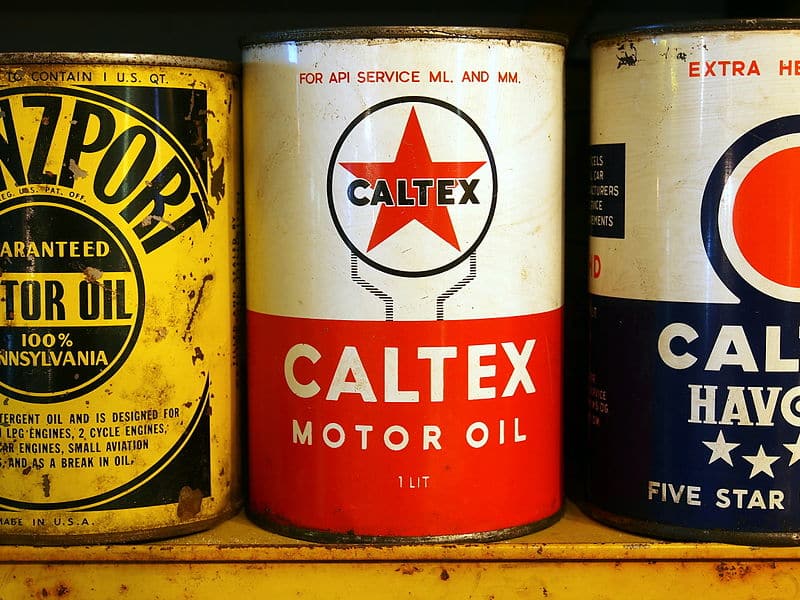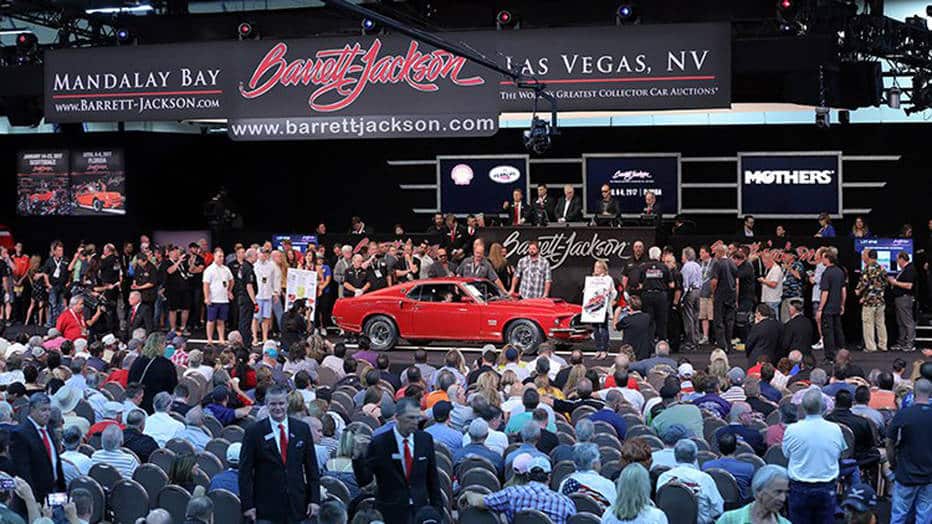
Since the 70s there have been a lot of changed made to the fuel, oil and other fluids we use for our cars. Our gasoline was blended with ethanol and the formulation for motor oil has been changing too.
You see modern engines need a different type of motor oil than engines found in most classic cars and trucks. Older engines typically run at lower revolutions and the clearance between moving parts was much greater. Nowadays we use highly accurate robots and lasers to create and measure these distances. The higher revs and minimal clearance call for a very thin oil.
If you are interested in thin vs. thick oil, here is a great video from Goss’ Garage that explains how oil works in modern day engines vs. older engines typically found in classics.
So, what the heck is ZDDP?
One of the biggest changes oil has seen over the years is the removal of ZDDP, a zinc additive (zinc dialkyl dithiophosphate). ZDDP, is an additive that effectively helps lubricate older engines and protect them from normal metal on metal wear and tear. Not only does ZDDP reduce metal-on-metal wear, it also provides anti-oxidant and anti-corrosion properties.
The U.S. government recommended that ZDDP no longer be put into domestic motor oils starting in 1989. ZDDP was removed from motor oil because the phosphorus in ZDDP is hard on catalytic converters. Oil producers have also been adding detergents to oil to help exhaust gas recirculation (EGR) systems perform better. Most older engines were not designed to run without ZDDP or with these added detergents.
When a classic car, pushrod-style engine is filled with oil without ZDDP it will cause premature wear and tear. The deterioration of your cams, lifters and other internal parts is eventually inevitable.
What kind of oil won’t hurt my classic car’s engine?
Luckily, there are companies that make motor oil specially designed for older motors. The formulas are much closer to the oils found prior to the gas crisis and clean air act of 1970 kicked in. Lucas Oil has always been a trusted name in motor oil and offer the Lucas Hot Rod & Classic Car Motor Oil SAE 20W-50.
There are also companies like Classic Car Motor Oil. They have developed an excellent formula that caters to the needs of engines in vintage, restored, and classic automobiles. Preservatives are added that maintain oil coverage on the engine components even when the car is stored and not fired up regularly.
There are also numerous oil additives available, some of which are acceptable for most classic car engines. These additives essentially add back elements like ZDDP and help balance out the detergents. Eastwood makes a 4oz bottle of ZDDP additive that can be mixed in with a 4 to 6 quart oil change. ZDDPlus is another popular brand of ZDDP additive.
Keep an eye on your engine oil.
One of the easiest ways you can help preserve the life of your classic cars’ engine is to monitor the motor oil. After all, it is the lifeline of the engine and should be tended to with great care. Having a regular routine for oil changes is crucial, but it is also imperative that you spot check the oil’s condition in between changes.
The oil should remain clean and clear in between oil changes. If you find any dirt, debris or particles in the oil, then it is time to look deeper into why. Start with using high-quality motor oil designed for your type of engine. This goes for your modern-day driver and your classic car’s engine alike. Invest in the good stuff, your vehicles will thank you.

